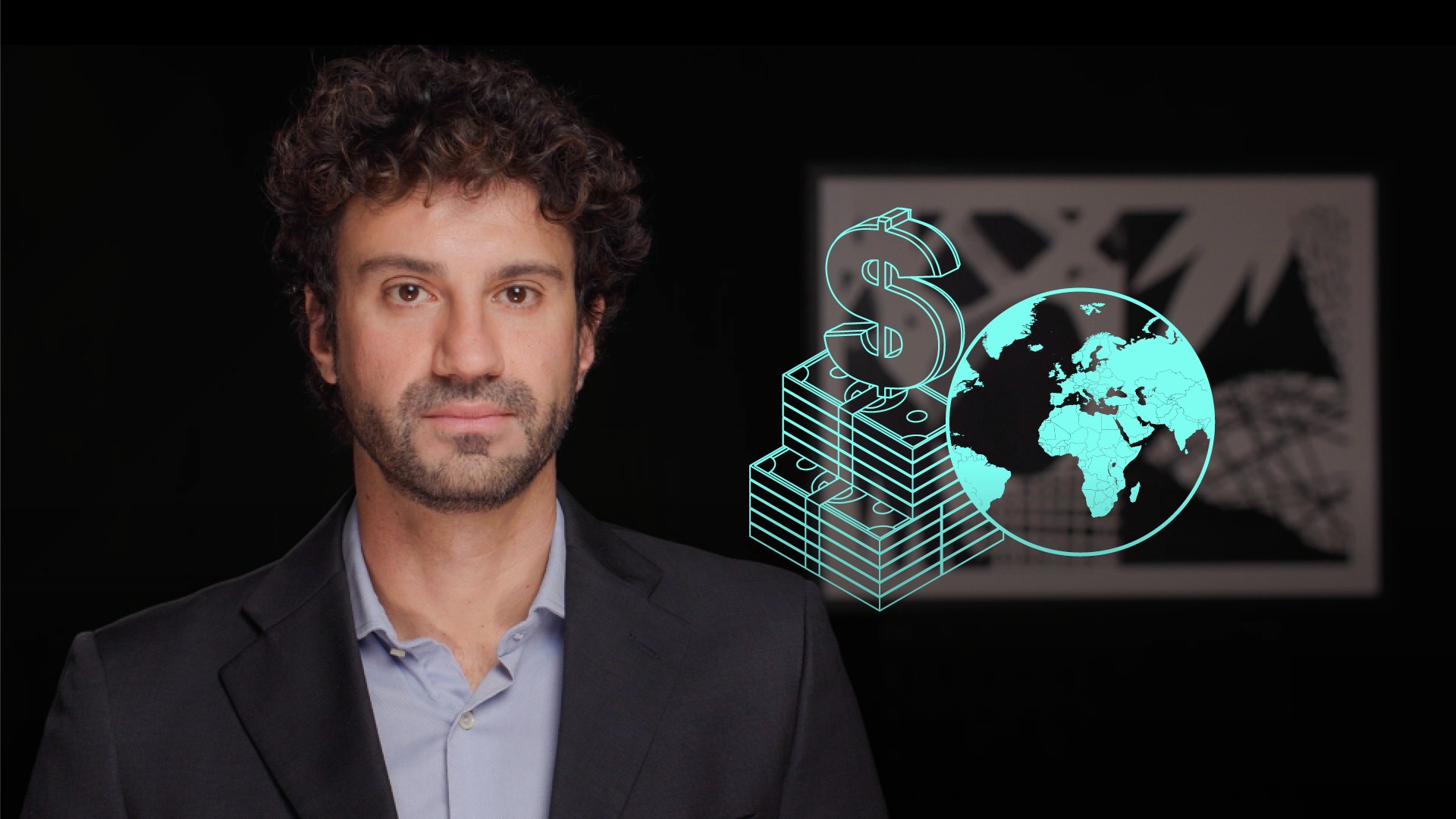
Post-COVID Exogenous and Endogenous ECB Monetary Policy I

Corrado Macchiarelli
15 years: Macroeconomist
In this video, Corrado explains the effects of unexpected increases in US and Euro Area policy interest rates. He further explains how Fed tightening leads to a reduction in the Euro Area’s GDP.
In this video, Corrado explains the effects of unexpected increases in US and Euro Area policy interest rates. He further explains how Fed tightening leads to a reduction in the Euro Area’s GDP.
Subscribe to watch
Access this and all of the content on our platform by signing up for a 7-day free trial.

Post-COVID Exogenous and Endogenous ECB Monetary Policy I
7 mins 58 secs
Increased international trade and financial globalisation have increased interdependence between the world's economies and made them more vulnerable to international shocks. Financial globalisation also has an impact on the transmission mechanism of monetary policy, where foreign monetary policy can be perceived as either beneficial or detrimental. It is detrimental, for example, whenever the central bank of a large open economy like the United States' Federal Reserve, or Fed, tightens monetary policy.
Key learning objectives:
Understand how Fed tightening leads to a reduction in the Euro Area’s GDP
Understand the impact of ECB monetary policy on the US economy
Subscribe to watch
Access this and all of the content on our platform by signing up for a 7-day free trial.
NIESR’s Analysis
The National Institute of Economic and Social Research, or NiGEM, has developed a new simulation that simulates the effects of unexpected increases in US and Euro Area interest rates. We are examining the results of an exogenous, 1 percentage point increase in policy rates relative to the baselFine, with a focus on transmission channels and the size of the spillovers. The simulation results indicate that the Fed's influence on the Euro Area is significant. It affects financial conditions (such as bond rates) and economic activity, meaning output, through a weaker euro against a stronger US dollar. In most countries, lower domestic demand is counterbalanced by the positive contribution from the net trade as net exports increase. A restrictive monetary policy in the US in NiGEM would shift the Euro area's demand from domestic to foreign, thereby increasing pressure on production and prices.
Bilateral Spillovers Between the Euro Area and the United States
In NiGEM, ECB and Fed monetary policies have a significant influence on local financial conditions, real activity, and inflation. A surprise monetary policy tightening by the ECB or the Fed boosts domestic government and bond rates, depresses local equity markets, and causes the domestic currency to appreciate. Conversely, the impact of ECB monetary policy on the US economy is close to zero after five years.
Subscribe to watch
Access this and all of the content on our platform by signing up for a 7-day free trial.

Corrado Macchiarelli
There are no available videos from "Corrado Macchiarelli"






















